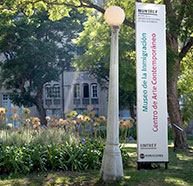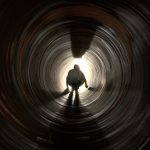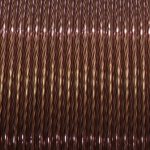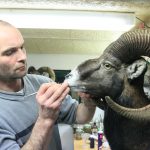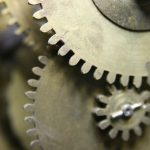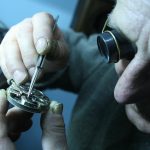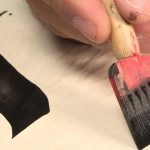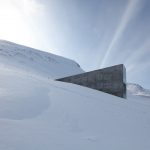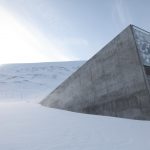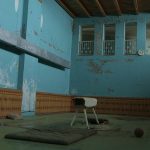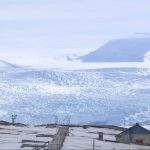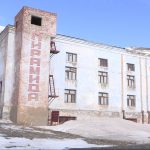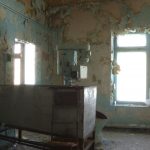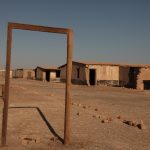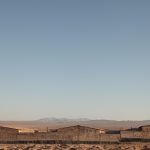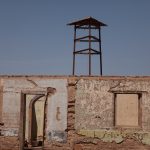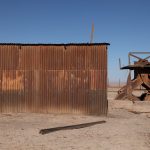-
UNDERGROUND PLACES – ALI KAZMA
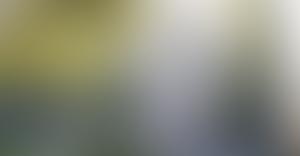
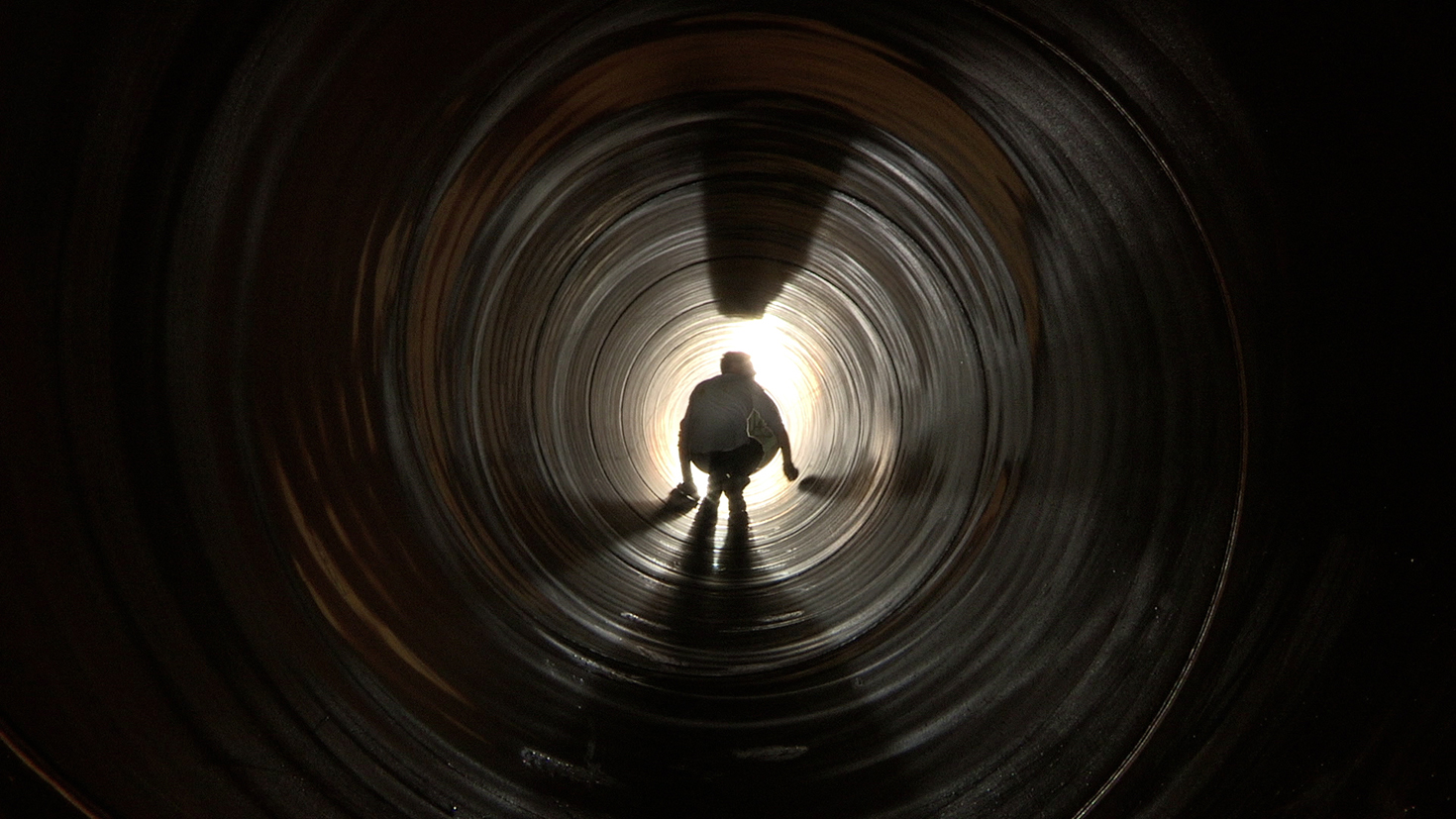
-
UNDERGROUND PLACES – ALI KAZMA

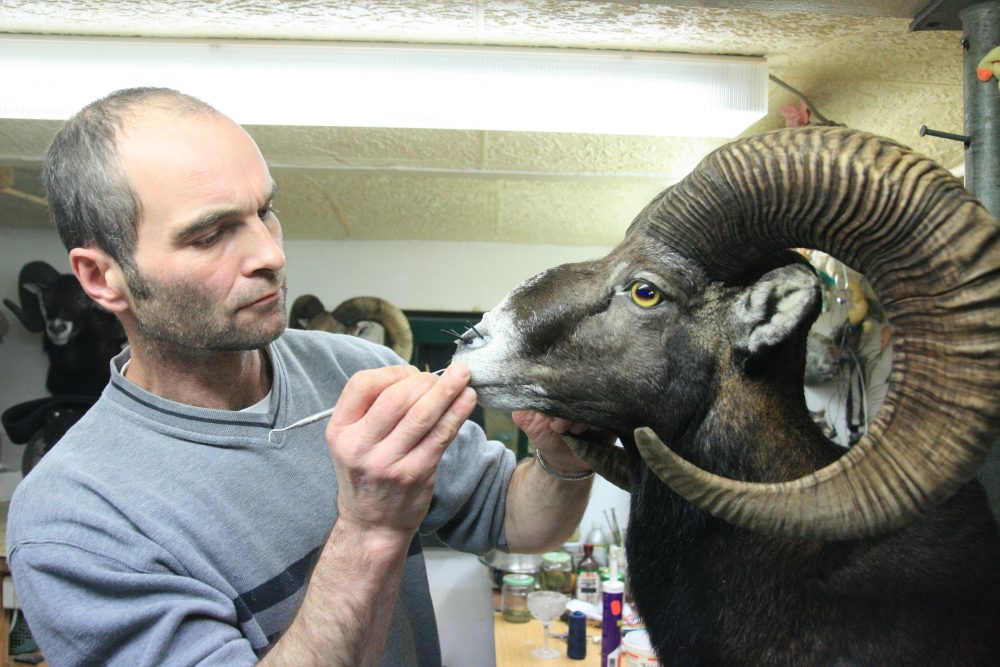
-
UNDERGROUND PLACES – ALI KAZMA

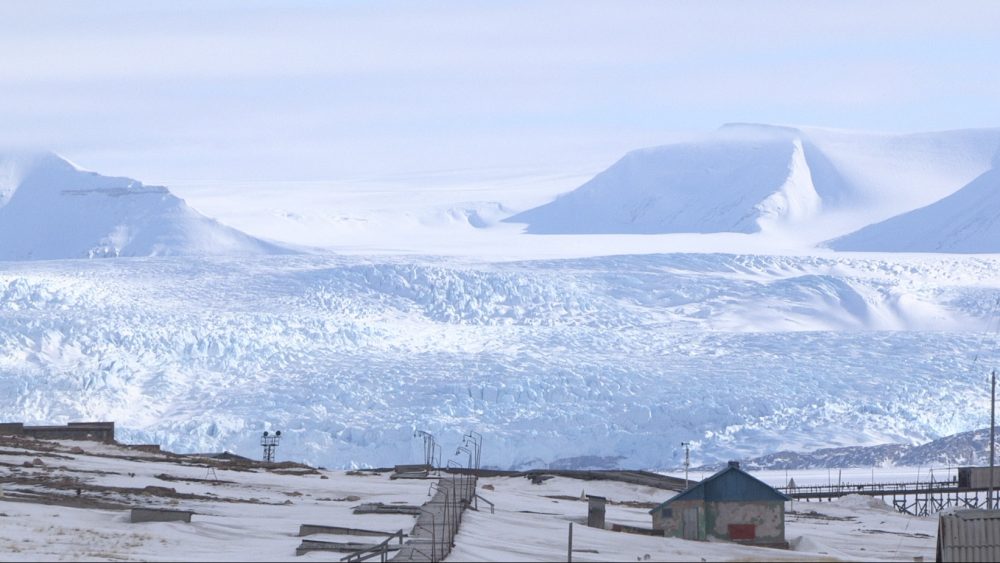
-
Curatorial Text
Ali Kazma, born in Istanbul in 1971, mainly uses video to investigate situations, places and structures related to man’s ability to transform the world, and thus gradually builds an archive on the human condition.
Underground Places brings together several works created between 2006 and the present. The title of the exhibition is linked to the video Underground made in a pipe factory. Although the work refers directly to the global underground activity of pipes and their function of transmitting energy and fluids, its title also evokes the relationship between the visible and invisible aspects of reality.
The theme of Master Watchmaker (2006) is the work of Recep Gürgen, a Turkish craftsman from Istanbul, who “revives” a 19th century clock, disarming it, cleaning it and reassembling the entire mechanism from memory. The knowledge and skill that the master’s gestures reveal can also be seen in Calligraphy (2013), where the skillful application of the bamboo calamus highlights tradition. These works draw attention to the indispensable value of manual production processes, ignored in the everyday life of the consumer society.
Electric (2016), a video triptych, is composed of close-up shots of high-voltage cables, which are rolled in slow circular movements. This contemplative work is, in reality, an abstract composition in which the reflection of light in the texture of the different types of cable highlights the movement and designs created by the material. In addition to referring to the pictorial surface of modern abstract art, it can also be interpreted as a reflection on the speed of global communications, or even as a commentary on the immense wealth and power of industry today.
Kazma’s films are the result of a sharp yet distant observation: the artist never interferes with the scenes he films. Powerful and authentic, his works also bring the viewer closer to the subjects they deal with through ambient sound and concrete details.
Ceramist (2007) and Taxidermist (2010) show the specific gestures and tools used by the artisans. What Ali Kazma highlights here is the physical, aesthetic and temporal importance of these techniques.
Other works explore the idea of space: surface, depth and specific places. Bóveda (Burial vault) (2015) was shot on the Svalbard Islands, near the North Pole. Moving from the windy, snow-covered environment to the indoor spaces, the frosty walls, shelves and labelled metal boxes reveal the purpose of the building: the preservation of hundreds of thousands of species of seeds. North (2017) shows an abandoned coal mine, not far from Svalbard. It represents the relatively recent complex history of the region, marked by Soviet culture for more than fifty years (1936-1991). The industrial architecture and the historical objects that remained there testify to the strong ideological presence of this ancient working environment.
Several videos present situations in which the traces of historical and political activity are evident. For example, Mina (2017), filmed in the Atacama Desert, shows the ruins of a nitrate mine that ceased to function in the late 1930s and which in the 1970s became a concentration camp for workers, lawyers, artists and writers during the Pinochet regime.
Past (2012) shows the archaeological site of Bibracte (Burgundy, France). The artist describes the activities linked to this site of historical importance: excavations, conservation, research and preparation of models of objects for the museum. This video diptych evokes the temporal element, past and present, as history is revealed and knowledge is acquired and shared. On the other hand, the visual story of Casa de letras (House of letters) (2015), records the intimacy of the house where the writer Alberto Manguel lived in the south of France.
This exhibition bears witness to how the wide variety of subjects covered in Ali Kazma’s work reflects his immense curiosity and desire to relate documentation to aesthetic visual narrative. He argues that the political stance of his work lies in the affirmation that complexity and uniqueness are essential aspects of the richness of our contemporary world.
Pia Viewing
Curator
-
ALI KAZMA EXHIBITION AT THE MUNTREF CONTEMPORARY ART CENTRE
Lugares Subterráneos (Underground Places), by the renowned Turkish artist, will be inaugurated on 29 June at 13:00 at the Immigrants’ Hotel Headquarters with the collaboration of the Jeu de Paume. The day before, there will be a talk with the artist at the Headquarters Rectorado Centro.
The opening of the exhibition Underground Places, by Ali Kazma, will take place within the framework of the 14th Global South Meeting and as part of the collaboration between the Jeu de Paume of France and the MUNTREF of Argentina. Curated by Pia Viewing, it consists of 15 audiovisual pieces dating from 2006 to date.
Kazma is an itinerant artist, who usually travels around the world working primarily with photography and videos that are questioned by the meaning of human activity, the means of production of men and their relationship with nature.
“It investigates situations, places and structures related to man’s ability to transform the world, and thus gradually builds an archive on the human condition,” the curator added.
Among the videos that will be shown there are several dedicated to manual trades, which rescue the artisan forms ignored in the everyday life of the consumer society. As part of this selection: Master Watchmaker (2006), Calligraphy (2013), Ceramist (2007) and Taxidermist (2010). “What Kazma emphasizes here is the physical, aesthetic and temporal importance of these techniques,” Viewing said.
Other works, on the other hand, explore the idea of space. Bóveda (2015) was filmed on the Svalbard Islands, near the North Pole, where between the windy and snow-covered environment, there is a building that preserves hundreds of thousands of seeds. North (2017) exhibits an abandoned coal mine that was formerly under Soviet influence, and Mina (2017) does the same with a nitrate deposit in the Atacama Desert that later became a concentration camp for workers, lawyers, artists and writers during the Pinochet regime. Likewise, Pasado (Past) (2012) works on the future of the archaeological settlement of Bibracte, and Casa de Letras (2015) records the intimacy of the house where the Argentine writer and current director of the National Library, Alberto Menguel, lived in southern France.
Regarding this last work and as a prelude to the inauguration of the exhibition, Manguel will hold a talk open to the public together with Kazma, on June 28 at 18:30 hours in the Auditorium of the Headquarters Rectorate Center of UNTREF, Juncal 1319, CABA.
As reported by the director of MUNTREF, Aníbal Jozami, and its deputy director, Diana Wechsler, in the second semester of 2019, the Museum of the National University of Tres de Febrero will produce in France with the Jeu de Paume an exhibition by the photographer Annemarie Heinrich, fruit of the research and compilation of her work carried out by the Institute of Research in Art and Culture Dr. Norberto Griffa of the UNTREF.
Lugares Subterráneos (Underground Places), by the renowned Turkish artist, will be inaugurated on 29 June at 13:00 at the Immigrants’ Hotel Headquarters with the collaboration of the Jeu de Paume. The day before, there will be a talk with the artist at the Headquarters Rectorado Centro.
The opening of the exhibition Underground Places, by Ali Kazma, will take place within the framework of the 14th Global South Meeting and as part of the collaboration between the Jeu de Paume of France and the MUNTREF of Argentina. Curated by Pia Viewing, it consists of 15 audiovisual pieces dating from 2006 to date.
Kazma is an itinerant artist, who usually travels around the world working primarily with photography and videos that are questioned by the meaning of human activity, the means of production of men and their relationship with nature.
“It investigates situations, places and structures related to man’s ability to transform the world, and thus gradually builds an archive on the human condition,” the curator added.
Among the videos that will be shown there are several dedicated to manual trades, which rescue the artisan forms ignored in the everyday life of the consumer society. As part of this selection: Master Watchmaker (2006), Calligraphy (2013), Ceramist (2007) and Taxidermist (2010). “What Kazma emphasizes here is the physical, aesthetic and temporal importance of these techniques,” Viewing said.
Other works, on the other hand, explore the idea of space. Bóveda (2015) was filmed on the Svalbard Islands, near the North Pole, where between the windy and snow-covered environment, there is a building that preserves hundreds of thousands of seeds. North (2017) exhibits an abandoned coal mine that was formerly under Soviet influence, and Mina (2017) does the same with a nitrate deposit in the Atacama Desert that later became a concentration camp for workers, lawyers, artists and writers during the Pinochet regime. Likewise, Pasado (Past) (2012) works on the future of the archaeological settlement of Bibracte, and Casa de Letras (2015) records the intimacy of the house where the Argentine writer and current director of the National Library, Alberto Menguel, lived in southern France.
Regarding this last work and as a prelude to the inauguration of the exhibition, Manguel will hold a talk open to the public together with Kazma, on June 28 at 18:30 hours in the Auditorium of the Headquarters Rectorate Center of UNTREF, Juncal 1319, CABA.
As reported by the director of MUNTREF, Aníbal Jozami, and its deputy director, Diana Wechsler, in the second semester of 2019, the Museum of the National University of Tres de Febrero will produce in France with the Jeu de Paume an exhibition by the photographer Annemarie Heinrich, fruit of the research and compilation of her work carried out by the Institute of Research in Art and Culture Dr. Norberto Griffa of the UNTREF.
-
LIST OF WORKS
Vault
2015
Resistance Series
HD video, color, sound
3’ 34’’
Courtesy of the artist
Calligraphy
2013
SeriesResistance
HD video, color, sound
5’45’’
Courtesy of the artist and Istanbul Foundation for Culture and Arts
House of cards2015
Resistance Series
Diptych, HD video, synchronized, color, sound
4’ 50’’
Courtesy of the artist
Ceramist
2007
Obstructions Series
Video, color, sound
17’11’’
Courtesy of the artist
The atelier Sarkis
2015
Resistance Series
HD video, color, sound
6’ 48’’
Courtesy of the artist and Istanbul Foundation for Culture and Arts
Electric
2017
Triptych, HD video, synchronized, color, sound
5’ 55’’
Courtesy of the artist and Borusan Contemporary, Istanbul
Master watchmaker
2006
Obstructions Series
Video, color, sound
15‘10‘’
Courtesy of the artist
Mine
2017
Resistance Series
HD video, color, sound
3’34’’
Production: Jeu de Paume, Paris, with the support of SAHA Association, Istanbul
Courtesy of the artist
North
2017
Diptych, HD video, synchronized, color, sound
5’ 7’’
Production: Jeu de Paume, Paris, with the support of SAHA Association, Istanbul
Courtesy of the artist
OKAY.
2010
Multichannel video, color, silent, loop
Courtesy of the artist and VehbiKoç Foundation
Robot
2013
Resistance Series
Single-channel video
5’
Courtesy of the artist and the Istanbul Foundation for Culture and Arts
Underground
2016
Diptych, HD video, synchronized, color, sound
5’ 17’’
Courtesy of the artist and Borusan Contemporary, Istanbul
Taxidermist
2010
Obstructions Series
HD video, color, sound
10’ 28’’
Courtesy of the artist and Fondation d’entreprise Hermès, Paris
-
WORKS
Venue
Center of Contemporary Art